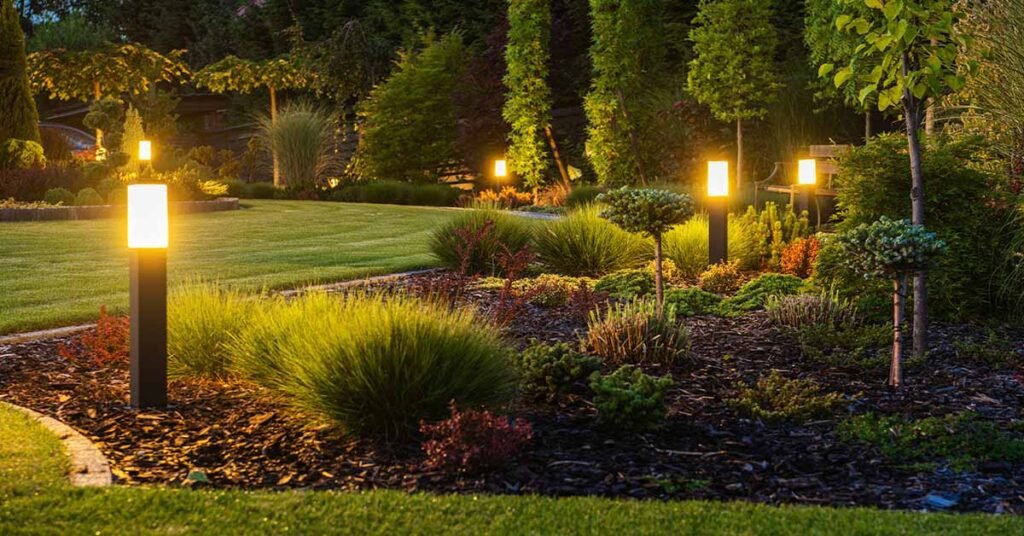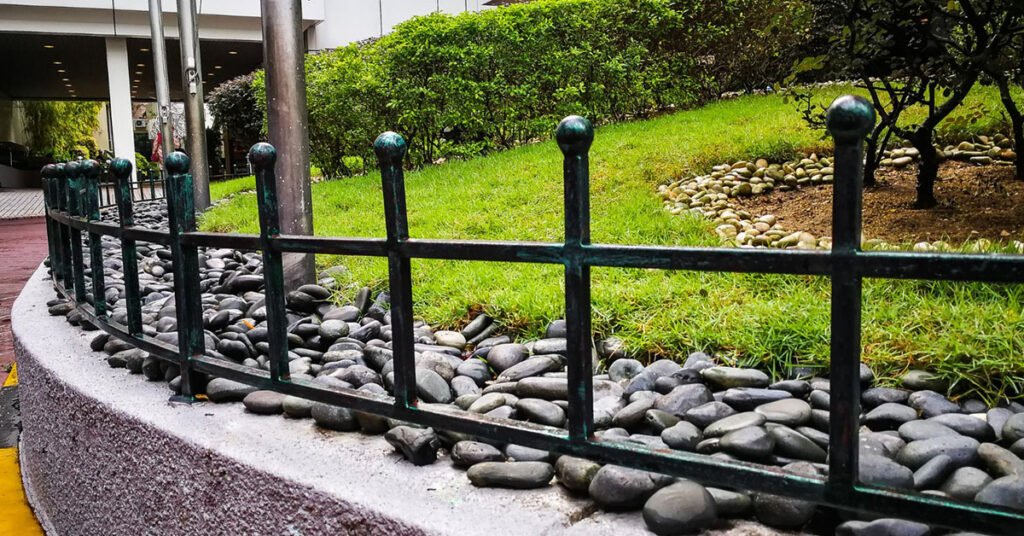Landscape lighting is not just about illuminating outdoor spaces; it’s about creating ambiance, enhancing safety, and showcasing the beauty of nature after dark. For those embarking on a career in landscaping, mastering the art of landscape lighting design is essential. In this guide, we’ll walk you through the fundamentals of how to design landscape lighting to help you create stunning outdoor spaces that leave a lasting impression. Let’s get started.
What is Landscape Lighting?
It’s crucial to understand the basics of landscape lighting. Lighting can be used to highlight architectural features, illuminate pathways, accentuate plantings, and create focal points. By strategically placing lights and using different techniques, you can transform any outdoor space into a captivating nighttime retreat.
How to Design Landscape Lighting
The following are the steps that you should follow to design landscape lighting.
Choosing the Right Fixtures
When selecting fixtures for your landscape lighting project, consider factors such as durability, energy efficiency, and aesthetics. LED fixtures are a popular choice for their longevity and low energy consumption.
Choose fixtures that complement the style of the space and blend seamlessly with the surroundings.
Planning Your Layout
Before installing any fixtures, create a lighting plan to determine where lights will be placed and how they will be powered. Start by identifying key features you want to highlight, such as trees, shrubs, or architectural elements.
Experiment with different lighting techniques, such as uplighting, downlighting, and moonlighting, to achieve the desired effect.
Creating Depth and Dimension
To create depth and dimension in your lighting design, use a combination of different lighting techniques and fixtures.
Mix path lights to illuminate walkways, spotlights to highlight focal points, and well lights to wash walls or trees with light. By layering different types of light, you can create a dynamic and visually engaging outdoor environment.
Considering Safety and Security
In addition to aesthetics, landscape lighting plays a crucial role in enhancing safety and security. Ensure pathways are well-lit to prevent tripping hazards, and illuminate dark areas to deter intruders.
Motion sensor lights can also provide added security by automatically turning on when motion is detected.
Maintenance and Sustainability
Regular maintenance is essential to keep your landscape lighting system running smoothly. Clean fixtures regularly to remove dirt and debris, and check for any damaged wires or bulbs.
Additionally, consider incorporating sustainable practices into your lighting design, such as using solar-powered fixtures or installing timers to reduce energy consumption.
Read More: How To Landscape A Flower Bed?
Conclusion
Designing landscape lighting is both an art and a science. By understanding the basics of lighting design, choosing the right fixtures, and carefully planning your layout, you can create breathtaking outdoor spaces that delight clients and elevate your landscaping career.
Remember to prioritize safety, sustainability, and aesthetics in your designs, and always strive to exceed your clients’ expectations.



